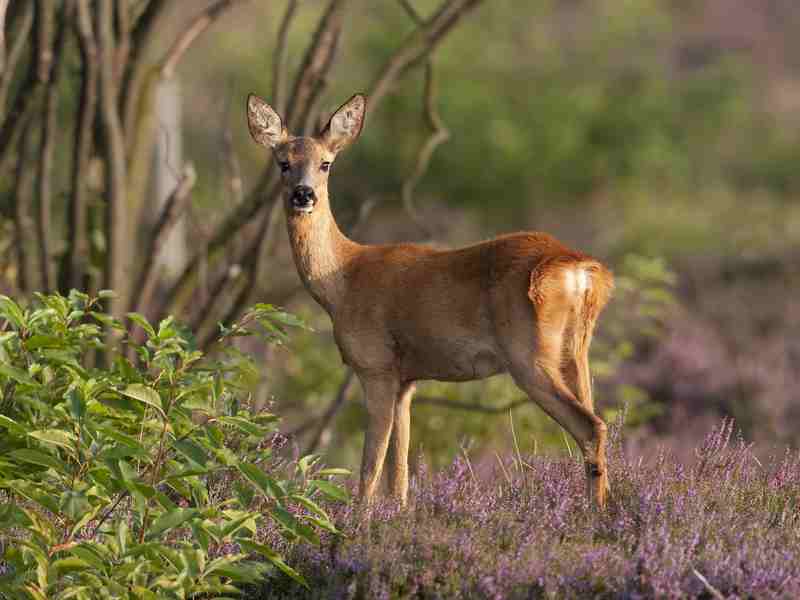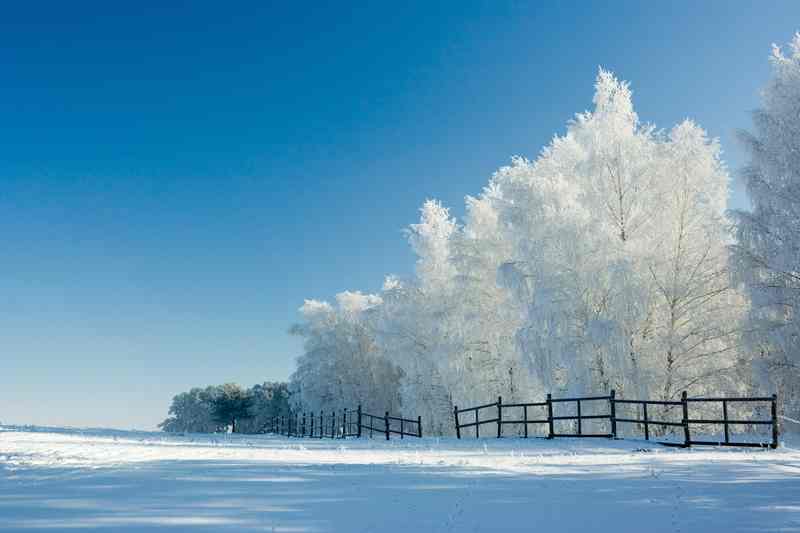
If you want to enhance your yard’s beauty, hydrangea is one of the most attractive options. Not many plants will bring the same level of contrast and color to your home as Hydrangea.
So, if you’re new to gardening and need to beautify the yard, planting some hydrangeas will go a long way. Read on to learn why your hydrangea isn’t flowering and how to ensure it will produce many flowers next year.
Hydrangea, A Magnificent Flowering Plant
Formally known as inflorescences, Hydrangea, the eye-catching flowers come in various colors, from icy blue to gentle lavender, deep purple to vibrant pink. Some varieties may have petals that are white or green.
A full-blooming hydrangea plant has to be one of the gorgeous plants ever cultivated in a garden. Many gardeners choose hydrangeas as their go-to plant for outdoor aesthetics, interior design, and exquisite bridal bouquets.
But, every beautiful thing has flaws.
Let’s face it: hydrangeas can be sensitive when it comes to heat, light, and moisture, so the gardener must put in some effort to assist them to be as attractive as they possibly can.
Most problems are simple to solve if you understand what’s happening.
Why Hydrangea Buds Not Opening?
Discouraged that your hydrangea won’t bloom? We understand that It’s upsetting when a hydrangea doesn’t bloom. Hot weather, drought, and too much sun exposure can all impact the number of flowers your plant produces.
Most of the time, there are easy fixes for the common issue of hydrangeas. Continue reading to learn about the problems and how to make your hydrangea blossom.
1. Early Pruning
You started pruning your hydrangea at the wrong time, which is the leading cause of why it isn’t flowering. Hydrangeas can bloom on either new wood or older wood.
Some hydrangea species only produce flowers on “new wood.” It includes:
- Arborescens
- Paniculata
Hydrangea species that bloom on old wood include:
- Macrophylla
- Serrata
- Quercifolia
- Anomala
Tip: Usually, the old wood species don’t need much pruning. They perform best when allowed to grow naturally, with minor pruning done to control the size and eliminate winter kill. If you prune correctly (or not at all) this season, the good news is that this won’t be a problem for more than one season.
Next year, your buds will grow adequately and bloom magnificently!
2. Unfulfilled Light Requirements
You must maintain the hydrangeas in a suitable temperature range for the buds to open. For hydrangeas to bloom, there must be some shade. Four to six hours of sunlight is considered partial shade. Long-term exposure to sunshine can be harmful to plants in a hotter climate.
The key is to maintain a balance. You should reconsider the habitat if your hydrangea receives less sunshine than four hours daily.
Some hydrangea cultivars may tolerate full sunlight, while others can tolerate “mainly” partial shade. However, a fully shaded region is not favorable to hydrangea growth.
Tip: Clipping some of the tree’s branches could be a fantastic approach to get some sunlight on your plant if it is under a tree that you are prepared to prune. If not, you might need to move the hydrangea to a spot with more sunlight.
3. Wildlife
Your hydrangea might not be flowering if you live in a part of the world where there are deer. Hydrangeas that grow naturally on old wood produce buds in the fall and early winter. In the dead of winter, a flower blossom probably seems like a tasty snack to a deer.
Deer have a distinct chewing style. In contrast to old wood, they favor green (fresh) growth. They also tear leaves from the plant, giving the impression of ripped leaves. Other animals might be neater about nibbling and only take a few buds before leaving.
Tip: During winter, you can keep your hydrangeas from nibbling by covering them with burlap. Another option is to pair up your plants with others that animals would probably avoid.
4. Think Twice About Fertilizer
Your hydrangeas may not bloom because you fertilize them too often or use incorrect fertilizer. A balanced 10-10-10 fertilizer applied in abundance could supply your plant with excessive nitrogen.
Think about your lawn fertilizer as well. Suppose your hydrangea is close to your lawn. In that case, there is a high probability of a fertilizer overlap, which could increase the soil’s nitrogen content without your knowledge.
Although nitrogen is excellent for plants, too much can reduce flowers and encourage slight growth, which invites insects and other pests.
Tip: When choosing your fertilizer, look for one made specifically for flowering shrubs. Phosphorus is necessary for all blooming plants to develop their flowers. Adding bone meal, which will raise the level of phosphorus in your soil, could also help solve your problem.
5. Transplant Shock or Young Plants
A hydrangea may need a year to establish itself after being recently moved or planted if purchased from a garden center as a young plant. However, some hydrangeas can flower without issue in their first year.
This is especially true for plants grown under ideal, controlled conditions in the nursery and later planted in your garden, where they are exposed to a difference in temperature, light levels, soil, and humidity.
Hydrangea plants that are young or newly transplanted may need some time to grow roots and foliage and adapt to their new environment before they begin to bloom.
Tip: However, as long as they meet the following requirements, hydrangeas can adapt to their changed surroundings and begin to bloom the next year freely:
- Planted in a shady area.
- Grown in soil that has had a lot of compost added to it.
- Watered the plants regularly for the first year.
6. Winter Frost
When there is a severe winter frost or wintery high winds, old wood bloomers like Hydrangea macrophylla are highly susceptible to damage. The reason for this is that the flower buds for these species have already been created. Once the temperature falls below 5 degrees, the flower buds risk being lost.
Spring frost damage is another possibility if you live in a region where it’s essential to wrap or overwinter your hydrangeas. Early on, it should be simple to identify bud damage caused by frost because of its brown or black color.
Tip: In the same way that you would take in some of your indoor plants when it gets below freezing, consider covering your plant with burlap or another light, absorbent cloth.
If this keeps happening, you can think about leaving your dead blooms on the plant and avoid pruning. The newly created buds will be protected in this way.
Identify Before You Buy
The hydrangea’s plant tag will indicate whether it blooms on fresh wood, old wood, or both. Waiting until spring to harvest your hydrangeas is always preferable.
The plant’s growing stems won’t have any leaves and will be fragile when bent after they have developed. Since they are dead and won’t produce any flowers, these stems should be cut close to the plant’s base.
Concluding Remarks
The most common reason people plant hydrangeas in their yards is probably because of the highly popular flowers. It might feel so disappointing to miss the entire hydrangea flowering season.
If your hydrangea didn’t bloom this year, try not to worry. Before they try to produce offspring or form flowers, new plants invest energy in establishing roots and creating healthy leaves.
Give your plants some time and ensure you’re giving them the food and water they need to meet their goals if that’s the case. However, if a mature hydrangea suddenly stops flowering, this list should be able to help you get things back on track.
Let us know which solution helped your hydrangea bloom once again, and post your queries in the comments section below so we can assist other readers with their blossoming problems!






